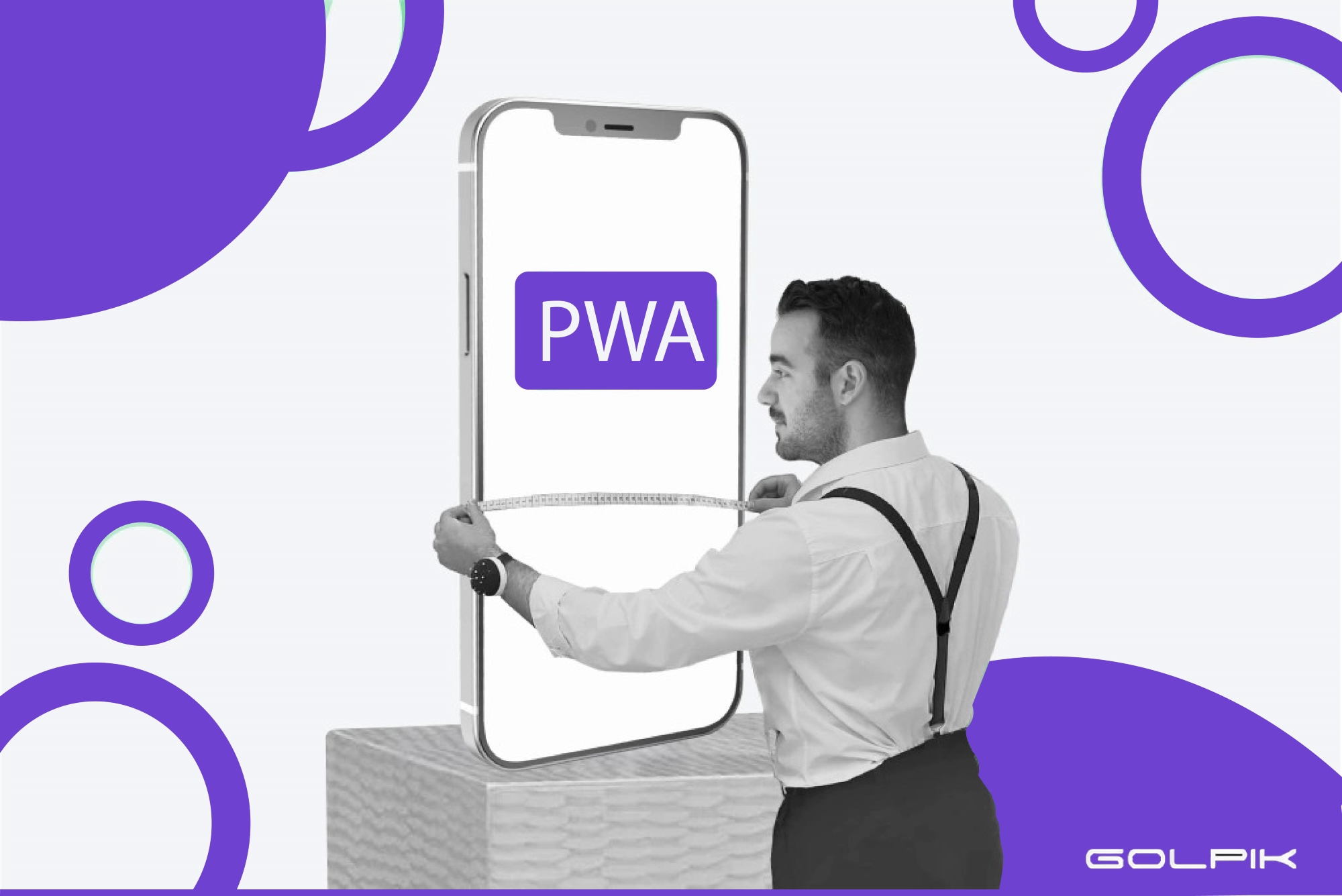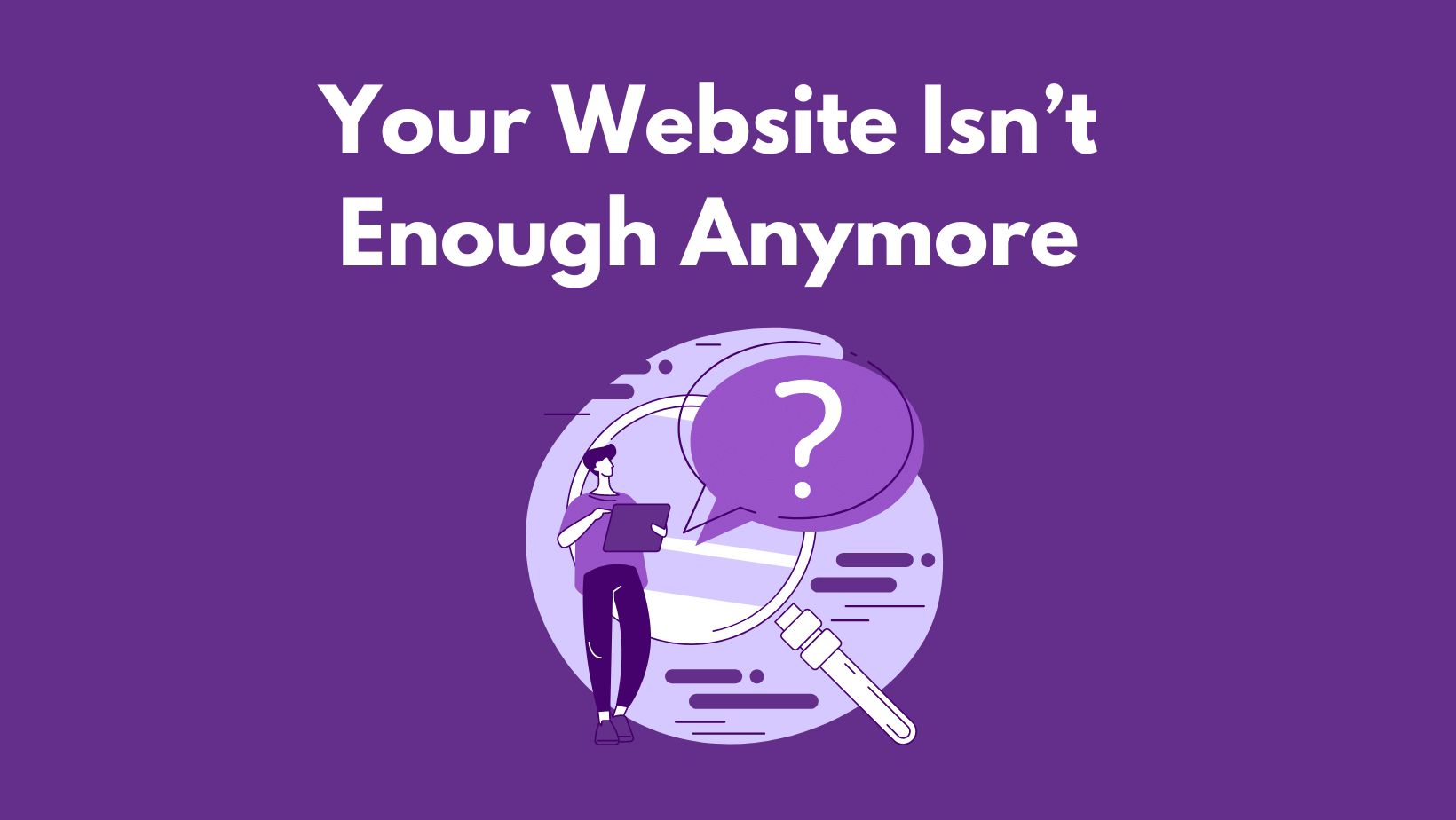Complete HIPAA Compliance Checklist for Your Software Product
An important law encompassing the medical software products is now the 1996 US Health Insurance Portability and Accountability Act (HIPAA). Businesses failing to adhere to HIPAA are required to give payment in a heavy fine. The firms and organizations were charged huge fines in 2018, making up to $28,683.
The Office for Civil Rights has necessarily imposed fines to the firms that ignored the HIPAA checklist. The companies are now required to be careful in completing the HIPAA compliance checklist for their software-based products. It can save them from applying a hefty fine that is now charged to HIPAA ignorant companies.

Introduction to HIPAA:
HIPAA was enacted as a leading act and with the main objective of establishing focused rules. It included the destruction, exposure, transfer, usage, storage, and gathering of medical data from every kind of medical establishment. It also affects companies that have access to medical data with them. The main requirement imposed by HIPAA is now governed by all data protection rules on behalf of every patient, allowing them to initiate an informed decision.
HIPAA is dissimilar to other acts in the industry that is important for all companies. It is an important rule, but it has power merely for the U.S.-based territories. However, the companies transferring their data out of the U.S. territory are truly exempted from the HIPAA protection act. Every company is required to understand the main terms in order to be completely HIPAA compliant for its medical software.
HIPAA Compliance Checklist for the Software Product:
HIPAA necessitates the use of mainly reliable technology for securing the software and relevant data. However, HIPAA avoids naming the exact tool or technology. The governors of law made a decision not to specifically state the selection of technology which happens to be outdating within a year or two. It means that the companies have a wider choice in selecting the security feature, toolset, and technology means, as may be requiring for projects.
Nevertheless, all healthcare software companies or related software have to meet the set forth a list of HIPAA needs. The law has established a clear checklist that is required for making the companies completely HIPAA compliant.
Strictly Control Access:
Around tons of ePHI is processed by any software product. However, every employee is not necessitated to do the same job or get access to similar data. The companies are required to ensure strict control of the access to data, as may be needed by specific employees. It can subsequently help the firms in protecting their data from malicious intent. There also raises the possibility of saving software data from unnecessary human errors.
Pro Tip: The software needs to be implemented on a role-based system as it can lead to restricted access of data to the employees. The companies should define every specialist with the specific data that may need for the product work. These not merely include a nurse or a doctor rather the access to data should also be given to specific technical staff or administrators.

After defining every type of user for the software, the companies should then create a list of the kinds of data that may be requiring further access for better performance. In HIPAA, it is a good idea to limit workers’ access to data. However, if a particular employee, administrator, or specialist does not have access to necessary information, it can be requested for onward access and subsequent control.
Limit Session Times:
According to HIPAA, the session times should be limited to improve the security of PHI. For example, every user should be automatically logged out of the software system following a specific time. If the employees are not using the system, then they should also be logged out of the system automatically. It can help in protecting the information and software that are unauthorized to a third person.
Pro Tip: It is pertinent to note that the companies should not create session times the same for every user. For example, few users should be given long time access to session if they need to work for a longer period. Such prevention from unauthorized access is a wise strategy in making the device being supervised in the right manner automatically.

Encrypt Data:
In pursuant to the HIPAA compliance act, it is an optional step to define PHI encryption. It is a choice for the companies whether to encrypt data or not. The only concern and important factor is data security under the HIPAA act. For example, the companies can select different approaches for protecting their data from unauthorized access, such as tokenization. In general, medical information is better protected from such a fast, easy, and convenient way of data encryption.
Pro Tip: It is necessary to apply the most reliable encryption protocol for choosing encryption upon other security approaches. In short, the encryption should fulfill the needs of the National Institute of Standards and Technology. Moreover, the keys to the access of data should also be placed in an accessible location, so as to ensure the most reliable encryption.
Implement an Activity Tracking System:
HIPAA requires companies to implement an activity tracking system. For example, the software system should be executed in a manner that it could have tracking capability, such as accessing users’ activity. It should be done on a regular basis to identify individual patterns.
The above consideration can help the firms to run their system while detecting suspicious actions. It can also alert firms about different types of malicious intent. It can further be useful in identifying data theft and data breaches while preventing them with complete authority.
Pro Tip: The tracking system is not merely supportive in preventing breaches rather it is also effective in investigating accidents, as may be occurring due to the security breach. The companies should record every action and ID of the workforce. This action can help in conveniently finding out as to which employee worked lastly on the system and as to how a hacker interfered in the system function.

Back-Up Data:
According to HIPAA, the companies accessing PHI should back up their data and storage necessarily. The law requires a copy of database information that may be reliably accessed by the employees and third-party servers. Such third-party servers are mandatory for restoring the data inconsequent with the cause of data loss or a security breach.
Pro Tip: It is a wise strategy to back up data regularly. It can help in recovering lost data as well as support in accessing the recently added data to the system.
Ensure Secure Authentication:
A spectrum of approaches exists that can ensure secure authentication. HIPAA has no limitation in this matter, so the companies are free in selecting the most reliable approaches as their decision.
Pro Tip: There are now available a variety of software products in the market. An example may include banking apps as they need the highest levels of security measures. The following are more ways to ensure secure authentication:
· Multi-factor Authentication: It is amongst the most reliable authentication approaches because it needs every user to access information through login/password. It also requires an additional parameter to enter into a piece of more specific and secure information. However, there is an option of including a one-time password that provides ease of accessing information for different users.
· Biometrics: The companies should employ biometric authentication in the case of finding their workforce being users of a laptop, tablet, or mobile device. It is necessary as it requires specific sensors in recognizing a face or scanning a fingerprint in order to access a piece of specific information or data.
· Expiring Passwords: It is obvious that every user is provided with a strong password to access the data. However, the software can be more secured by applying the expiry of passwords as it could be breached by hackers or an angry ex-employee. It can also save from the consequence of stolen passwords, thereby resulting in huge lawsuits.
· Risk-based Authentication: It is one of the most difficult procedures to ensure risk-based authentication. It mostly involves the calculation of risk score every time an employee tries to access the system. It effectively tracks down a range of different factors, such as parameters, geolocation, IP addresses, used devices, and access attempts. However, in case of finding a discrepancy in the system, the risk-based authentication can ask the users to undergo an added verification procedure.

Ensure Secure Data Transfer/Storage:
HIPAA mandates ensuring secure data transfer and storage. It is obvious that the protection of data is quite expensive through physical servers. Therefore, cloud storage is mostly used in securing data transfer and storage.
Pro Tip: The companies should comply with HIPAA by gaining access to a reliable cloud service provider, such as Google Drive or Dropbox.
Protect Correspondence:
HIPAA does not necessitate firms for encrypting their email correspondences. However, when it comes to securing PHI transfer, it becomes necessary to encrypt email correspondence. In general, the encryption does not apply in case of emails being sent through the internal network. However, every external correspondence is required to be encrypted through a reliable encryption protocol, such as S/MIME, OpenPGP, or AES.
Pro Tip: If the firms’ activities and correspondences are done through a patient, doctor, or other entity, then it becomes necessary to implement a secure system for the firm’s software product.
Conclusion:
It seems that the list of HIPAA requirements for software security is very lengthy. However, the latest software products from many sectors utilize mainly similar strategies for securing their software product. However, the above-mentioned approaches are necessary for every firm to remain safe from possible data breaches and hacker attacks, thereby proving to be a complete HIPAA compliant company. It can finally let the companies benefit from HIPAA service guidelines as may be needed from time to time for the benefit of respective firms.







